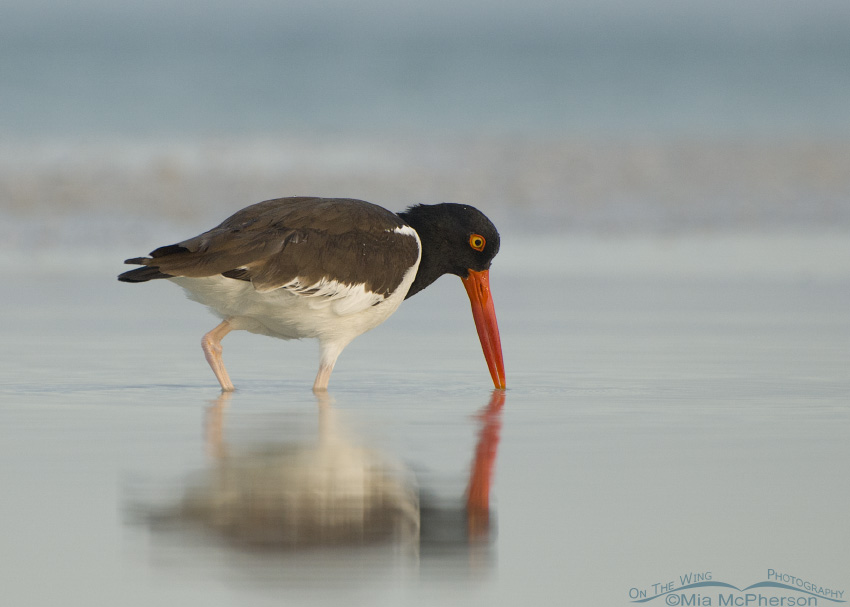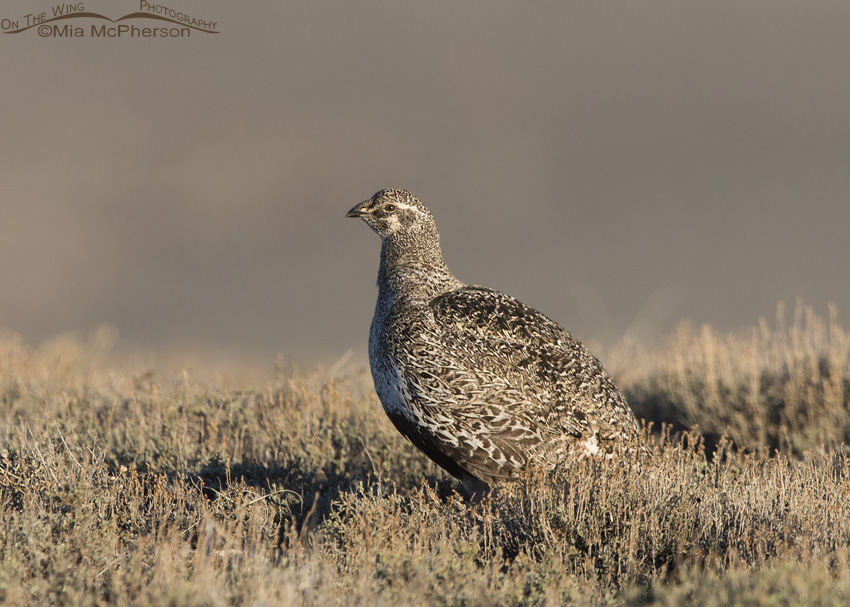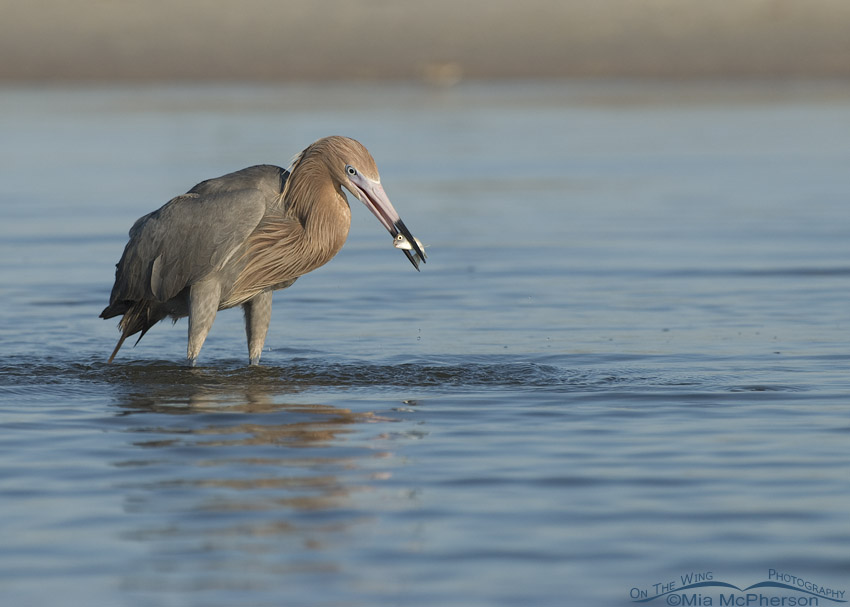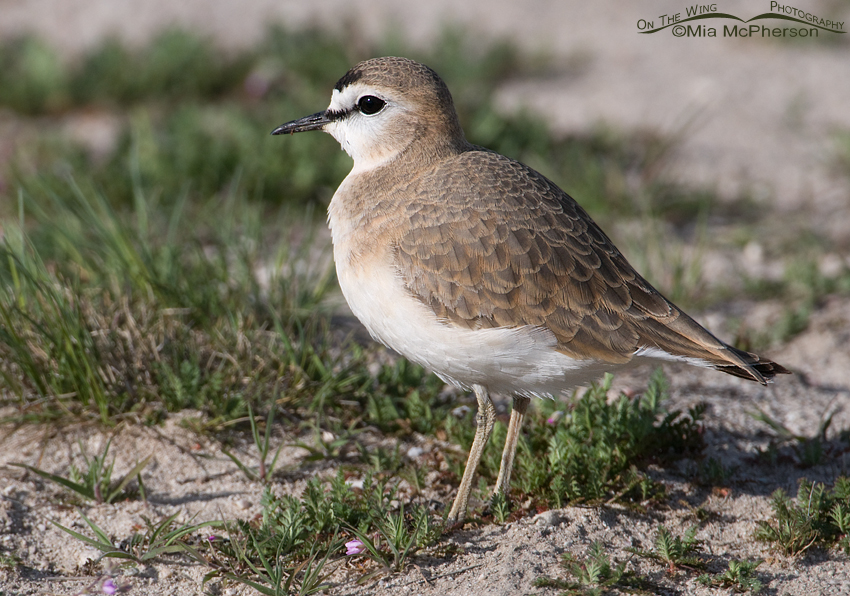
An American Oystercatcher before sun rise

Greater Sage-Grouse on a ridge

Reddish Egret with prey in a lagoon

Female Mountain Plover in Davis County
These four birds, an American Oystercatcher, a Greater Sage-Grouse, a Reddish Egret and a Mountain Plover are all facing the risk of extinction without serious conservation measures to reduce declines in populations and habitat destruction.
The news doesn’t get better for other bird species either, of 1,154 native bird species found in the U.S., Canada and Mexico 432 of them are on the Watch List.
What is the Watch List? These are species that are at risk of extinction if we don’t take measures to save them. If we don’t take steps to reduce habitat destruction. If we don’t take steps to do something about climate change and the effects it will have on the birds, wildlife and humans.
- 57% of ocean species are on the Watch List because of small or declining populations and habitat destruction
- 56% of bird species are on the Watch List because of small or declining populations and habitat destruction
- 37% of birds found on our coasts, 28% of birds that live in aridlands and 27% of birds that live in our grasslands are in steep decline. Long distance migratory shorebirds have lost 70% of their populations since 1970.
There are 144 species from the temperate forests, 78 species from the tundra, 171 species from wetlands, 73 species from boreal forests and 65 generalists species that are also on the Watch List.
So what can we do?
We can elect representatives who believe in the concepts of conservation and science based legislation, who understand that healthy environments aren’t just good for people but also for birds, wildlife and the economy.
We can tell corporations that we will not buy their products if they pollute, aren’t sustainable or are careless with our natural resources. Our money talks.
And as individuals we can introduce the wonder of birds to our friends, family, and the general public. Teach our children how important it is to be good stewards of our planet.
We can use our voices to speak up for those who can not speak for themselves.
We can support bird conservation. Become active in organizations who support clean air, birds and nature. Be informed.
We need support keeping public lands in public hands because those lands are refuges for the birds, the wildlife and for us.
We have to do something. Now. There is so much more we can do.
Mia
Species Assessment Summary and Watch List
State of the Birds (PDF with information)
2016 State of the Birds Calls for Continent-wide Commitment to Bird Conservation (ABA)
State of North America’s Birds Report Released to Commemorate Centennial of the First Migratory Bird Treaty (nature.org)


When we moved here, it was impossible tonsleepast dawn as the “din” of bird song was so loud. Now we hear the sound ofva single song, maybe two, but usually one….very damned deptessing and super, super scary!!! Rachel Carson come true….
Sadly similar issues prevail here.
Thanks Mia. But I’m still an apocaloptimist!
Isn’t it sadly ironic that birds are in fact the proverbial “canary in the coal mine” for life on our planet? I think it’s become increasingly clear that we are now living in the anthropocene epoch which carries a very heavy burden of responsibility that is ignored at our peril. Thank you Mia for continually reminding us that life is good and that it needs to be protected.
Numb
Thank you Mia & thank you Roger. My comments would mirror his.
Mia… thanks for collecting, and posting this very sad information. Not only do I
wish that more people even knew this sad news, but wish even more that a greater
number of people even cared enough to do anything positive to “stem the tide.” If
it is ok with you, I would like to forward your blog to about 120 folks that I normally
send my photo/stories off to? I agree with you… we all need to “spread the word,”
and take action…. ;-)))